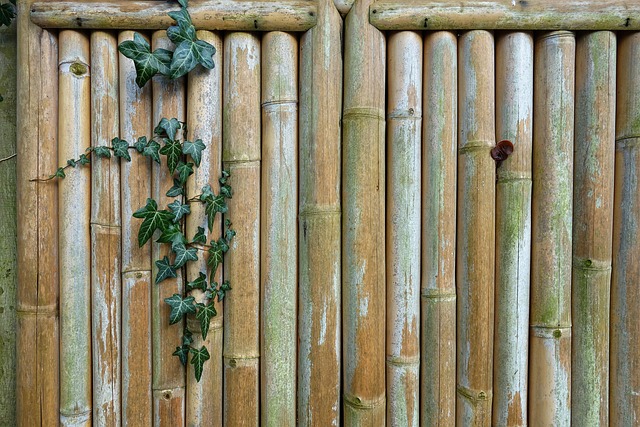DIY Fence Installation Tips for New Bedford, Massachusetts Homeowners
Considered a valuable addition to any property, a fence offers security, privacy, and aesthetic appeal. For New Bedford homeowners looking to install a fence, the DIY approach can be both cost-effective and rewarding. This comprehensive guide walks you through each step of the process, from understanding your fence options specific to New Bedford yards, to measuring and planning, preparing the ground, assembling panels, and applying final touches. With these expert tips, ensure your new fence not only enhances your space but also stands the test of time.
- Understanding Your Fence Options for New Bedford Yards
- Measuring and Planning Your Fence Layout
- Preparing the Ground for Installation
- Assembling and Attaching Your Fence Panels
- Final Touches and Maintenance Tips for Longevity
Understanding Your Fence Options for New Bedford Yards
When it comes to fencing your New Bedford, Massachusetts yard, there are numerous options available, each with its unique benefits and considerations. The first step for homeowners is to understand the variety of fence types suitable for their properties. Wood fences, for instance, offer a classic aesthetic and can be customized with various finishes and designs. They require regular maintenance but provide excellent privacy and security. On the other hand, vinyl fences are low-maintenance alternatives that come in diverse styles, from traditional picket fences to sleek, modern designs. These fences are durable and resistant to rot, making them an appealing choice for many New Bedford residents. Additionally, chain-link fences are ideal for larger yards or areas requiring more security, offering visibility while providing a secure barrier.
Measuring and Planning Your Fence Layout
Before you start installing your new fence, careful planning is essential. Begin by examining your property lines using a measuring tape to ensure you understand where your fence can and cannot be placed. This step is crucial for avoiding legal issues with neighbors. Mark these boundaries on the ground to visualize the layout.
Consider the purpose of your fence – will it serve as a privacy barrier, a decorative element, or both? Take note of any obstacles within the designated area like trees, utility lines, or other structures. Planning ahead ensures that your fence design is functional and aesthetically pleasing.
Preparing the Ground for Installation
Before installing your fence, preparing the ground is a crucial step. Clear any debris, such as branches or rocks, from the area where the fence will be erected. Digging and leveling the ground is essential to ensure your fence posts are secure and straight. Use a level to check the ground’s elevation and adjust it if necessary with additional soil or gravel.
Compacted soil provides a solid foundation for your fence. If the ground is particularly loose or uneven, consider adding a layer of compacted earth or using a landscaping fabric to create a sturdy base. This preparation will save you time and effort in the long run, ensuring your fence stands strong and durable.
Assembling and Attaching Your Fence Panels
When assembling your fence panels, make sure to follow the manufacturer’s instructions carefully. Most panels come with pre-drilled holes and slots that align perfectly for a secure fit. Use the provided hardware—like screws or brackets—to join the panels together. Start by attaching one side of the panel to its post, ensuring a tight connection. Then, work your way around the perimeter, securing each section as you go. This method creates a sturdy framework that will withstand New Bedford’s varying weather conditions.
For added stability, consider using concrete or metal posts instead of wooden ones, especially in areas prone to strong winds or heavy traffic. Remember to leave some space between panels for expansion and contraction, which will prevent warping over time. Once the panels are securely attached, you’ll have a robust fence structure ready for the final touches.
Final Touches and Maintenance Tips for Longevity
Once your fence is installed, it’s time to admire your handiwork! But don’t forget that proper maintenance is key to keeping your new fence looking its best for years to come. Start by giving it a good cleaning with mild soap and water to remove any construction dirt or debris. Regularly inspect your fence for loose or damaged boards, posts, or fasteners, making repairs promptly. Apply a fresh coat of paint or sealant every couple of years to protect against the elements and maintain its appearance. Keep an eye out for any signs of rot or pest damage, addressing these issues immediately to prevent further deterioration. Simple, consistent care will ensure your DIY fence installation stands strong and elegant for a long time.
